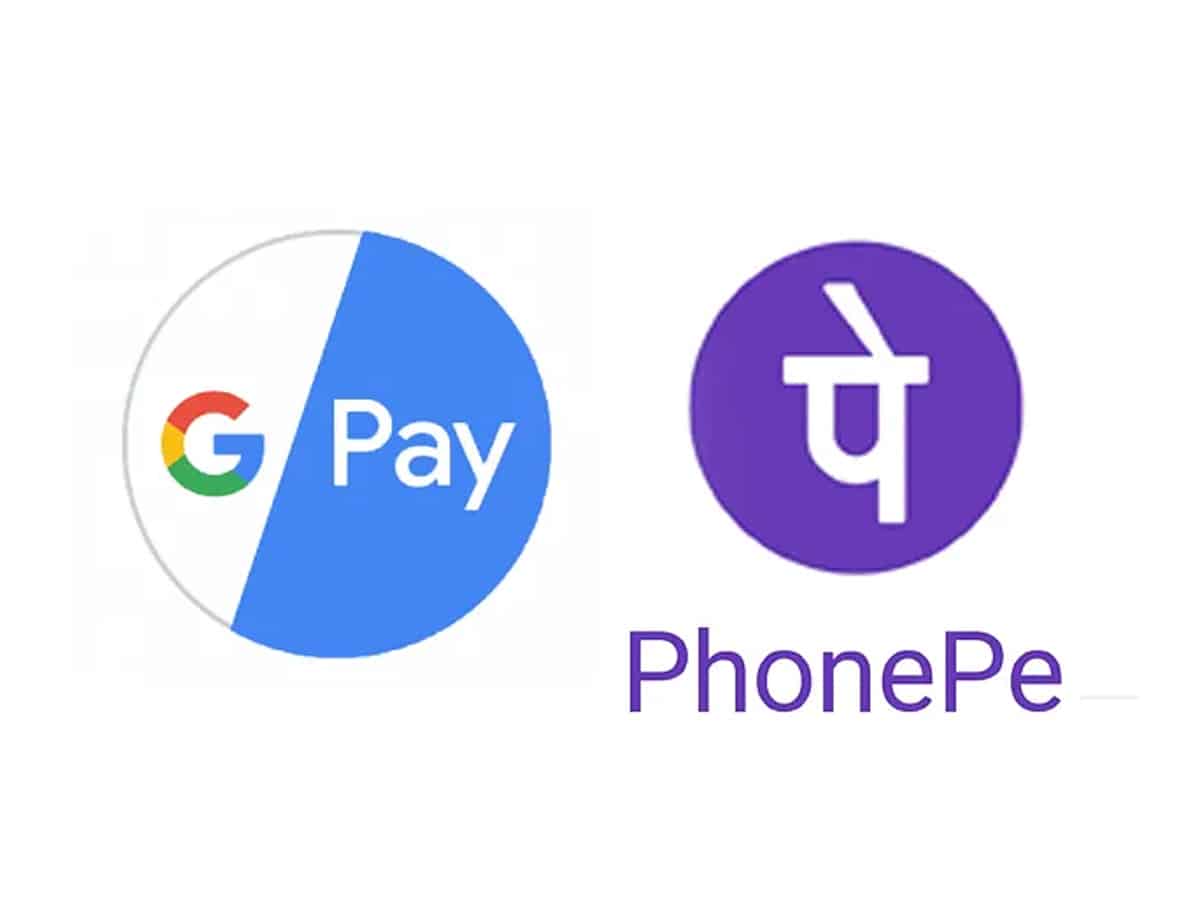

This allows you to use your Google merchant ID with multiple domains.Ĭonfigure the Google Pay button. Before you go live, get your Google Merchant ID from the Google Pay & Wallet Console. The merchantId can be anything for testing. The name of your Adyen merchant or company account. If specified, you must also specify rchantId and configuration.gatewayMerchantId. The merchant name you want displayed in the payment sheet. Values you set in the configuration object will override any Google Pay configuration from your back end. Select which endpoint you're integrating: We recommend that you preload the the Google Pay API JavaScript library, by including theįollowing script in your checkout page: Step 2: Create a DOM elementĬreate a DOM element on your checkout page, placing it where you want the payment method form to be rendered: Step 3: Create an instance of the Component /payments: If you implemented an additional use case.Ĭomponent configuration Step 1: Load the Google Pay API JavaScript library./sessions: This is the default with Components v5.0.0 or later.

To see optional fields that you can send for all payment methods, choose the endpoint you integrated: You don't need to send additional fields for Google Pay.

Before you beginīefore starting your Google Pay integration: If shoppers select a card that requires 3D Secure authentication, the Component also handles redirecting shoppers to another website to complete the verification. When shoppers select Google Pay, the Component presents the Google Pay payment sheet where shoppers choose a card they want to use. On this page, you can find additional configuration for adding Google Pay to your Components integration.


 0 kommentar(er)
0 kommentar(er)
